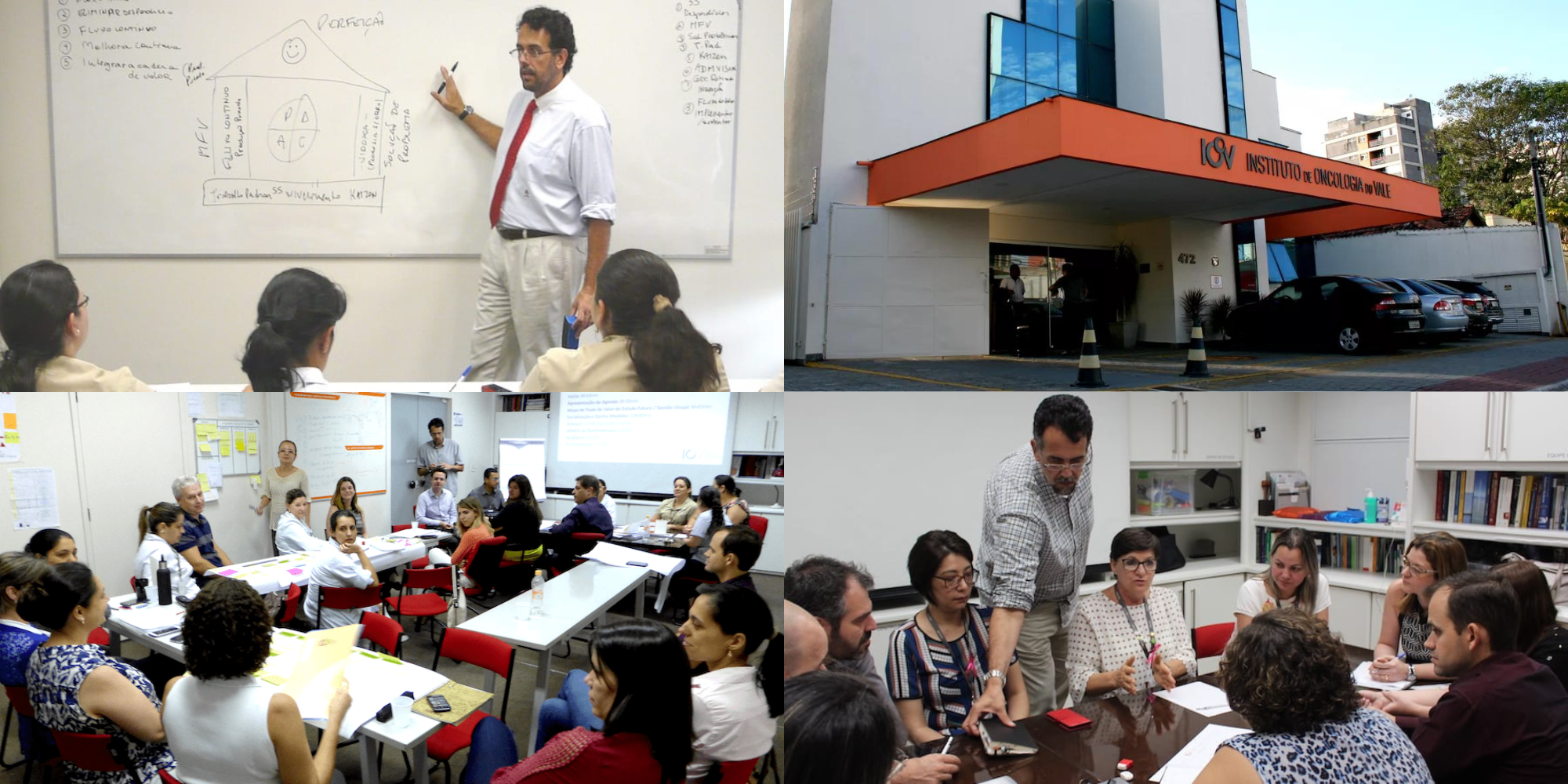
What happens in our people's minds as lean takes root
COLUMN - What does lean do for people in your organization? This column explores how their way of thinking changes as a culture of continuous improvement and problem solving takes root.
Words: Michael Ballè
After studying lean efforts for over 20 years and in many fields, from automotive to retail and healthcare, we now have a clearer idea of what adopting lean thinking can do for a company’s leadership:
- Choose your customers: by focusing intently on designing products or services based on understanding customer preferences and then on delivering higher value by eliminating waste caused by poor operational processes, lean thinking redefines strategic thinking by choosing which customers we want to work with: upper scale? New entrants?
- Improve your profitability: lean enterprises are without a doubt more profitable than their non-lean competitors. They, first of all, gain market share from improving the quality of their offering; secondly, they generate cash by reducing inventories; thirdly, they reduce costs through better operational mastery; finally, they reduce the need for capital investment by avoiding grandiose, oversized spending.
- Grow sustainably: the foundational principle of lean thinking is “developing products through developing people.” In the correct interpretation of lean thinking, people development – both employees and relationship with the community – is at the core of any “real” lean initiative (as opposed to taylorist programs disguised as lean). As a result, the company develops internal talent and grows mutual trust with its employees and its community, which is simply good for business both in the short and long run.
A true lean transformation relies on the engagement of all people all the time or, as the lean masters taught us, on “developing the kaizen mind in every employee rather than applying improvement tools to every process.” Kaizen is the Japanese word for improvement, or “change for the best” that, in the lean context, means relentlessly challenging how we work and what can be improved, step-by-step, in the spirit of 100 improvements of 1% being more powerful than one improvement of 100%.
Lean thinking, as we now know, requires a complete mindset turnaround of the company’s leadership, which must learn to: lead from the ground up; to put the customer first no matter what; to relentlessly focus on improvement and teaching problem solving; to understand and develop the power of intense collaboration; and, lastly, to aim to engage every employee in making suggestions on how to run their own work and contribute to the company’s success. This is never easy, and not all leaders have the gumption to take it on board, but 20 years down the road the leadership aspects of lean is well understood.
The model, however, relies on a profound transformation of every person’s way of thinking – not simply C-class level. Therefore, the question for employees in a lean company is: what does lean do for you?
When all goes well, if you work in a lean process you will see:
- A steady pace of achievable work with as little stop-and-go variation as possible but where it is imperative to deliver work just-in-time, which means exactly on time.
- An imperative to stop and call out when something is not right rather than work around the problem to carry on: this part of lean involves quite a bit of social engineering but it’s critical that employees can flag up problems and are never left alone with an ambiguous situation they don’t fully master. Stop-and-call is in fact a training mechanism in which the role of front line managers is to coach employees on-the-job, every day.
- A request to practice kaizen, whether in the form of small group problem solving or of individual suggestion. The employee will be encouraged to take on problems or think of things that could be improved and figure out how to do so in small practical steps.
As continuous improvement gets established the need for fire-fighting diminishes and problem solving becomes faster but less focused on quick fixes. The basic coaching method can be summarized as “go back, look longer, ask why.”
As problem solving progresses steadily and less frantically, employees learn new ways of thinking, and, in particular, discover that:
- There is no single story – a common lean answer is “It depends”, as people learn to be more comfortable with uncertainty and the fact that understanding different perspectives is the key to correctly identifying the problem before attempting to solve it;
- The cause is rarely close to the symptom – most real-life problems are distributed across complex systems and cooperation is essential to solve them, as the cause of any problem is rarely close, either physically or chronologically, to the symptom. Working with others is a key skill that must be acquired when seeking root causes.
- Real knowledge is at the edge of what we know – outliers are as interesting as base cases because knowledge is about boundaries. There are no such things as best practice that applies in every case and what is really interesting to know is the limits of any practice or statement, the fine line between true, doubtful, and untrue.
As many firms adopt digital tools, they hope that becoming connected in real time and data driven will solve their innovation and performance problems. What we see looking from the ground up is that connectivity tools work as accelerators. In a great relationship, these tools can spectacularly increase productivity and effectiveness. But in a poor relationship they can also inflate and crystallize conflicts.
We see it with Twitter and Facebook: connectivity tools encourage fast thinking. But from observing successful lean companies we believe they need to be tempered by deep thinking as well.
Without visualizing the steady pace of work and the space to stop and question, simply relying on fast thinking (to use Daniel Kahneman’s terms) is unlikely to deliver the hoped-for productivity and innovation results.
Lean provides a way to further build on the "It depends" answer to many questions, by asking why one more time to prompt deeper thinking.
THE AUTHOR

Read more


CASE STUDY – Lean thinking is transforming San Diego Zoo Global, helping this century-old organization provide a better experience to its visitors and a better life to its animals.


COLUMN - For those working in the I.T. world, identifying waste can be tricky. However, starting by tackling over-production will help you to eliminate every other form of waste.


FEATURE – We are used to approaching strategic thinking as if our organization was in a position of stability and dominance. What if we started to look at it as creating better deals with all parties involved?


FEATURE – PL readers will likely be familiar with IOV, the cancer clinic in Brazil that’s become a reference for lean healthcare for countless organizations. Here, Dr Fred looks back at IOV’s 15-year journey.

